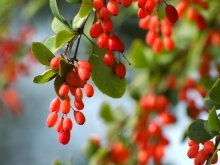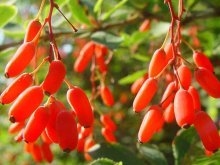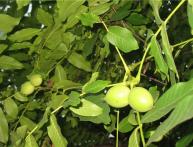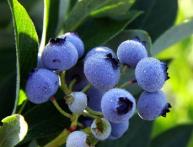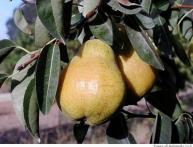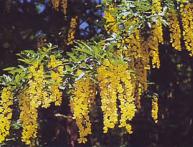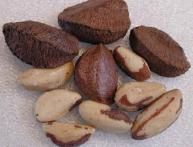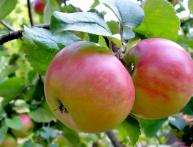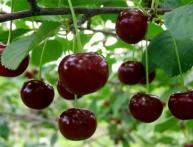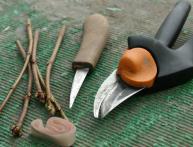Barberry propagation and care
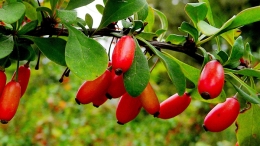
Barberry is an evergreen shrub with erect shoots. On average, the height of the plant is no more than three meters. The leaves are oblong in shape, with spiny ends. Barberry berries are very juicy and have a dark red color.
The weight of one fruit is about four grams. The plant begins to bloom in May and finishes blooming in June. You can enjoy ripe fruits from July to October.
Content:
Useful properties of barberry
Barberry has a positive effect on the liver. The constituent components of the plant can improve the flow of bile, thereby preventing the formation of gallstones. The root of the bush has a laxative and tonic effect on the intestines. The plant also has antioxidant properties.
Any part of it used will protect the human body from various damages. Barberry contains berberine, which helps fight cancer. The root of the plant has antibacterial properties, which prevent respiratory tract infections and improve the functioning of the digestive system, etc. illnesses.
Barberry can also be used to treat throat, bronchitis and inflammation of the respiratory tract. The berries of the plant are very rich in vitamin C, so they can be brewed and consumed as tea to boost immunity. Barberry also has the ability to lower blood pressure.
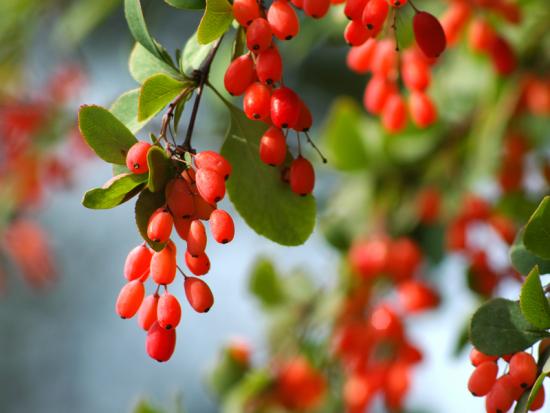
A decoction of barberry fruit helps restore the body's vitamin balance. Berry decoctions are also used to remove toxins and other harmful substances from the body. Very often, barberry is used for weight loss.
Barberry propagation
Reproduction Barberry can be produced in several ways: cuttings, layering and seeds. When choosing a specific propagation method, you need to take into account all its pros and cons. For example, cuttings root very slowly. Seed germination depends on the variety and is about forty percent.
Propagation by cuttings. For propagation, annual branches are used, which have about five internodes. The cuttings should be kept in the refrigerator for some period. Rooting should be carried out only when the soil has already warmed up a little. If cuttings will take place in the fall, then it is advisable to do this before the onset of the first frost.
Experienced gardeners recommend propagating barberry using green cuttings. This material takes root quite easily. The length of the cutting should be about seven centimeters. It is advisable to remove the lower pair of leaves from the cuttings, and it is better to cut the upper leaves in half. For landings cuttings, it is necessary to prepare the soil containing sand and peat.
Planting should be done on a slope, leaving one internode on the surface. For the cutting to take root, the ambient temperature must be within twenty-three degrees.
As for humidity, it should be high - 85-90%. Reproduction by layering. Propagation should be carried out using this method in the spring. The lower annual shoot is selected from the bush, which must be bent to the ground and placed in a pre-made groove.The depth of the groove must be at least twenty centimeters. The layer must be completely covered with earth, leaving only its top.
By autumn, the shoot takes root and can already be used as a seedling. Propagation by seeds. All varieties of plants, except seedless ones, can be propagated by seeds. It is advisable to choose seeds from the ripest berries. To do this, the pulp is removed, and the selected seeds are washed in water and treated with a weak solution of potassium permanganate.
At the end, the seeds need to be dried a little. When planting seeds in the ground, small grooves are made in it, which need to be filled with sand. The top of this groove is covered with a layer of sawdust. You need to pay attention to the fact that barberry germinates quite slowly.
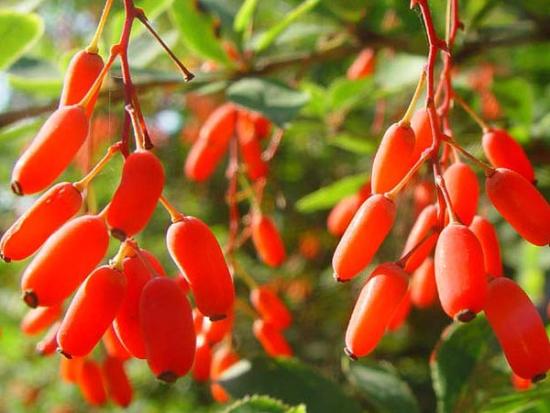
If seeds If they are sown in the spring, they are placed in the refrigerator for the winter. In this case, barberry seeds should be in a tray with a mixture of sand and peat. When the first leaves appear on the seedlings, they can be planted.
Barberry care
In order for all shoots and cuttings to take root well and look healthy, they need to be looked after. Caring for the plant consists of watering it, fertilizing it and pruning dry branches. Watering should be daily, since barberry will not develop during long-term drought. If the summer is rainy, watering can be done once every two weeks.
As for fertilizing, it should be done in the second year after planting. This is due to the fact that initially a sufficient amount of useful substances was placed in the planting hole. You need to start fertilizing barberry in the spring. As a top dressing, urea (30 grams) diluted in a bucket of water is used. In the future, barberry needs to be fertilized every two to three years.
Trimming dry unnecessary branches is carried out every year. It is also necessary to prune when the bush is very thick. The first pruning is carried out in the second year after planting to form a bush. All subsequent pruning is carried out in order to maintain the shape of the bush.
Tips for planting barberry:

